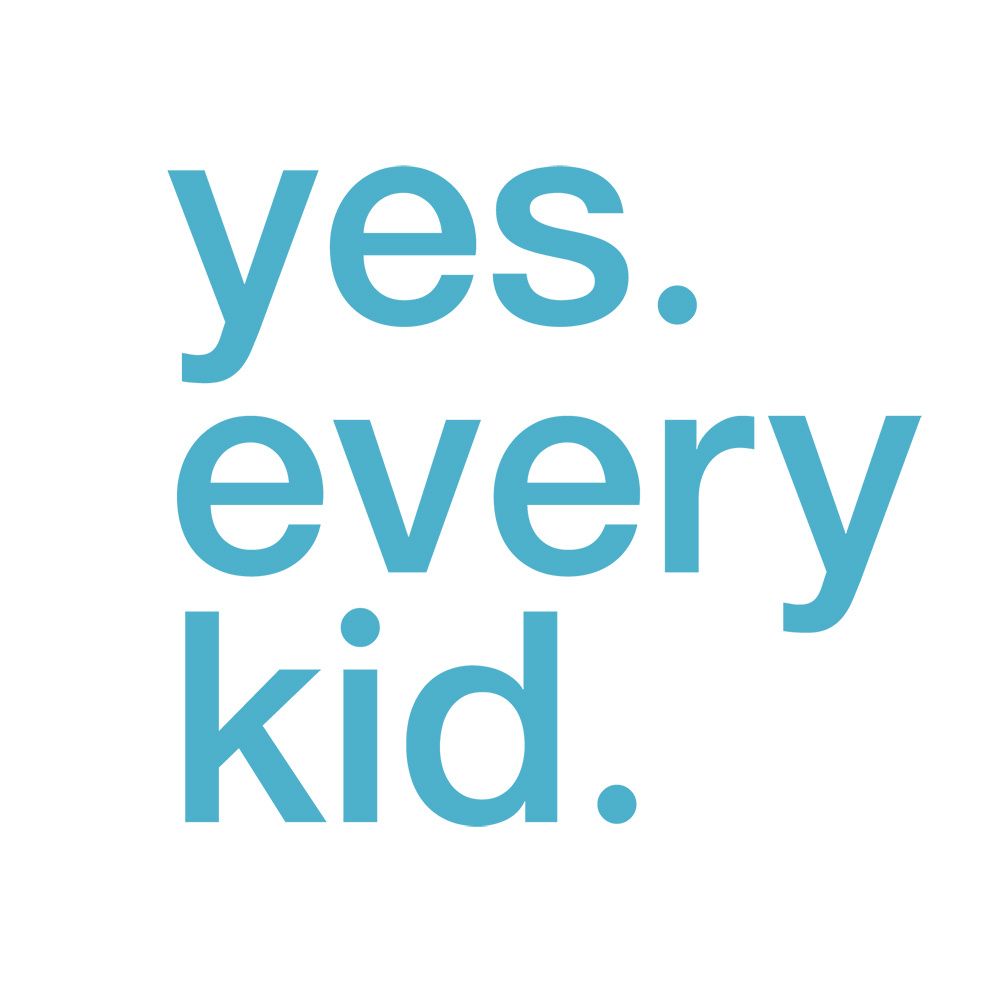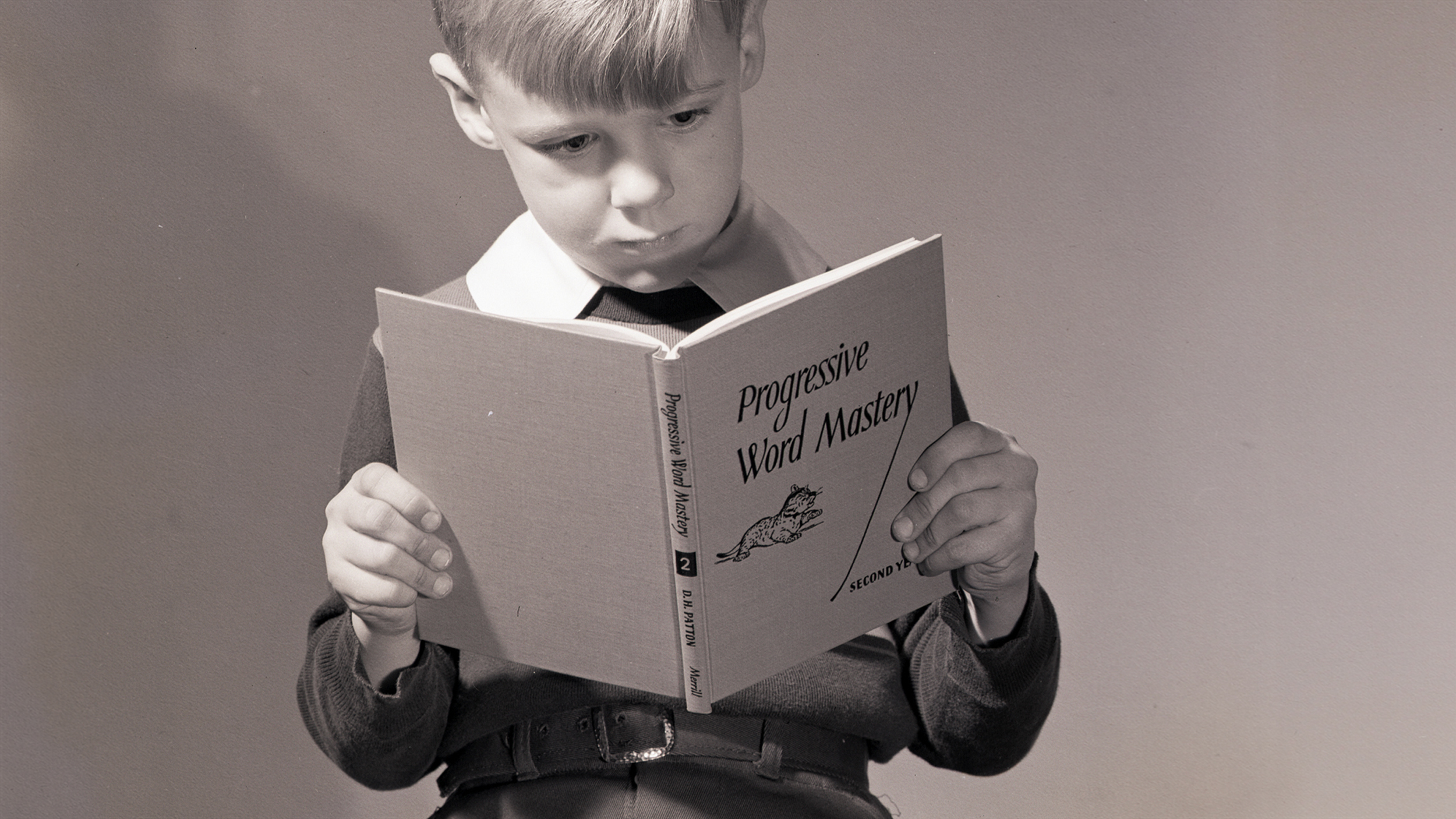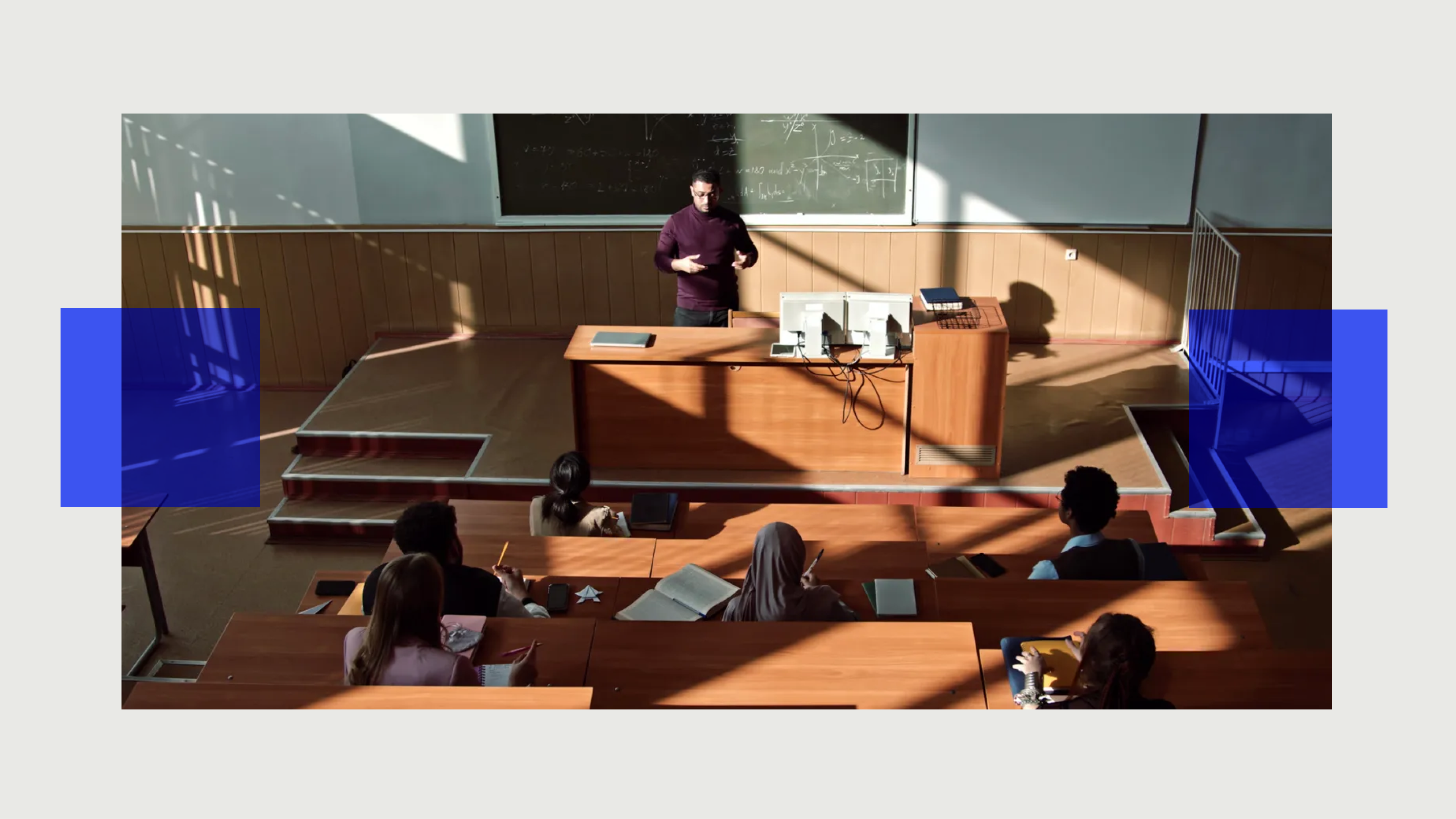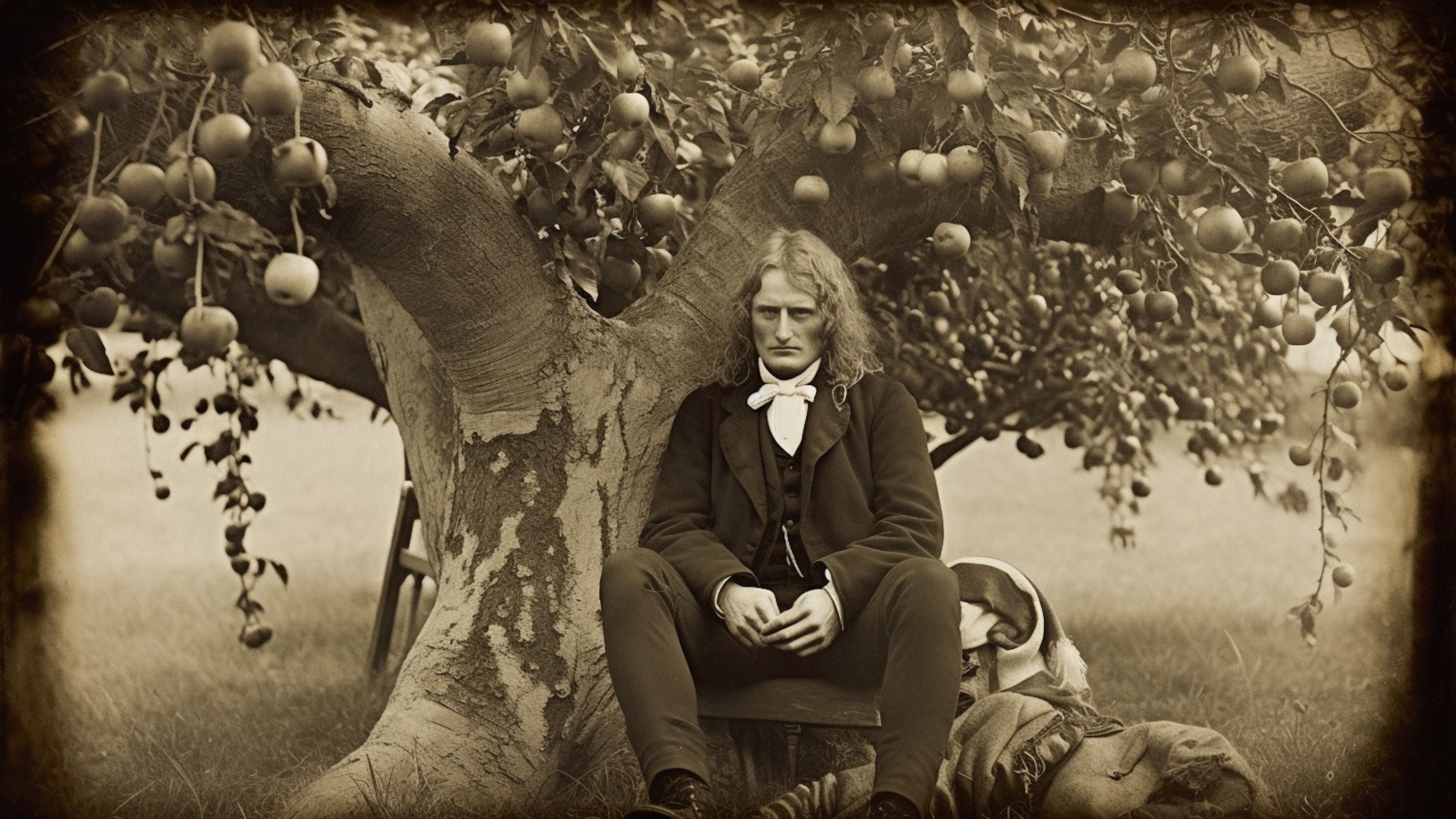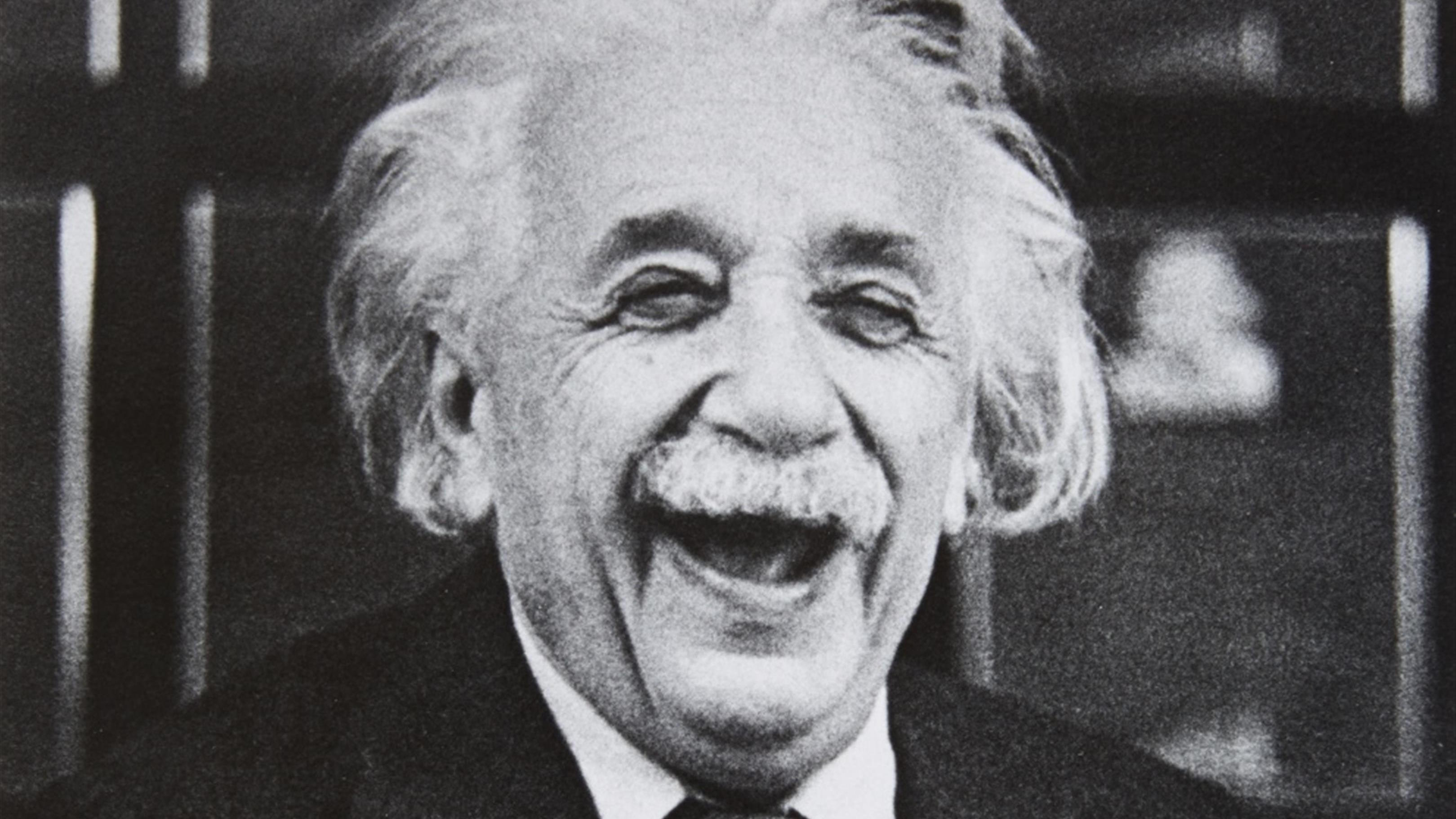CATHERINE FRAISE: I started out as a public school teacher, and then when I had children I explored a lot of different alternative pedagogies and Montessori was the one that I felt most comfortable with. And I really liked Montessori because she was a scientist and she observed children and their behavior and what they needed in their development. And she found universal pieces that you need to have in an environment for them to thrive and to develop optimally. So I thought I'd take the human tendencies and all the wisdom that she had collected over her lifetime and create an environment where I could implement all those pieces, as well as make it very Google-like. Like a creative company, so that children felt they were going to this amazing creative space to create their best lives ever.
Some people might call that school. I call it getting an education. They have a board of parents and this professional ed team to help them put it together, and they own their education. It's really empowering for them. We want them to start it when they're young – when they're seven and going up so that by the time they're 27 they'll have mad, crazy skills and will be earning money, finding their niche, feeling really empowered to co-create exactly the life that they want for themselves.
So the 21st century skills that everyone seems to be talking about now out there in the education world are communication, creativity, collaboration and critical thinking. You need to create an environment where they just integrate these skills naturally. You don't have to teach these things if you create the right environment where they're doing that all the time and it's just very natural. So the best medium for that, in my opinion, is what I call an interdependent community. It's a large group of multigenerational people doing their thing in all different ways intersecting just like a reef. If you could think about it like a coral reef that's teeming with life, and you've got all sorts of different people and different ways they do things and they're learning from each other. Not like something with four walls with an authority figure and then a bunch of students who have to remember what that teacher has told them. This is children who are having – they're free moving, they're thinking all the time. They have to come up with their projects. They've got to design their education. They've got to keep themselves in balance. They've got to communicate with everyone. They're all collaborating, doing all sorts of different things. And they're discovering who they are in the process. It's a very joyous way to be as a human, and they manage to get the academics as well. School is becoming irrelevant.
When I first created Workspace I was thinking I wanted to make a space that incubated social entrepreneurs. Children who felt confident and were confident to manifest their ideas whether they were a product or an idea for a play they wanted to write. Any idea was fine. We have a design thinking model because we want them to not just come in and do stuff without really thinking about what they want to do. We want them to understand that an idea is really just the beginning, a spark of what could be. So we really tease out what they could actually do and what they really care about and what they're good at. We help them launch into a big passion project. Now, when they make something or do something you have to have sort of a platform that they can share what they're doing with the community.
We have two big marketplace events. We do a little Shark Tank for them. We do open mic night. We have karaoke salons and all sorts of different ways that they can show the community what they're doing. The community, the parents become this big launch community that are helping these children on their journeys. So we like to, as much as we can, include all the other parents in all the children's projects so they get buy-in and they get someone cheerleading them on.
We have a professional ed team that is there all the time to support our parents as they are implementing this journey for their children. We have a tech wizard we call him and he teaches all tech in the building. He has made a little apprenticeship program in laser cutting and 3D printing and the projectors and all the different technology in the building. When parents feel empowered to use the podcasting equipment or the DJing equipment and everything else that goes on then a lot of projects can happen that wouldn't have happened before because now they have the equipment, they have the know-how. They can actually help their child create the kinds of products that the children are asking for like a YouTube channel or whatever the children are wanting to do. So that's one of the people.
We have a dream director and she's all about helping children manifest their ideas. A lot of the children we're seeing coming in aren't doing a lot of writing. They're doing a lot of swiping and a lot of typing, but they're not doing a lot of writing and drawing like we did when we were growing up. Sometimes it's hard for them to get their ideas from what's inside their head to something on paper. We have a lot of digital tools, digital design, a lot of different ways that children can authentically express themselves in this space. Some children like to do a lot of building, so that would be done in the makery or the wood shop or the cardboard manufacturing area. Other children like art, so we have a big art studio. We have a lab, a research lab like Merck. They do real science down there and our scientist has a Ph.D. from Yale and her dream is to incubate scientists. She's down there actively incubating scientists.
We have global awareness where we do international collaborations and we have virtual reality in there so they can use Google Earth to actually fly down to the place that they want to visit or they might be talking to a group in another country and they can go on Google Earth down to that place and see where people are buying their groceries and seeing where the children they're talking to are going to school. There's just a lot of different ways that humans express themselves so creating a building full of these creative studios is a really effective way to get children really fully and authentically expressing themselves.
Catherine Fraise is passionate about creating learning environments where children thrive. She created Workspace Education as a low-cost prototype of a new educational model. Imagine going to school in a[…]
What can a learning space achieve when it’s optimized for both student and parent expression?
▸
8 min
—
with
▸
5 min
—
with
Related
The National Defense Education Act of 1958 meshed with white anxiety about the desegregation of schools.
There are many problems with relying on SAT and ACT scores for college admissions. But removing them entirely creates less opportunity.
Neuroscience supports the notion that an escape from conventional perspectives can be a gateway to spectacular insights.
The most celebrated genius in human history didn’t just revolutionize physics, but taught many valuable lessons about living a better life.
From Hogwarts to hashtags, kids’ reading habits have changed drastically in recent decades — but data suggests cause for hope.
